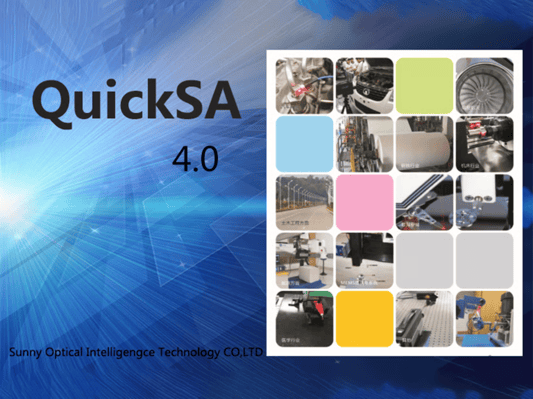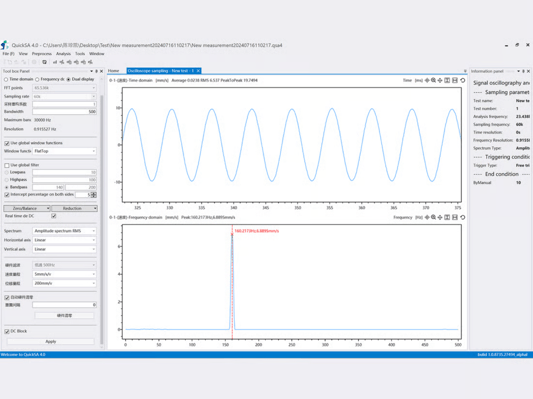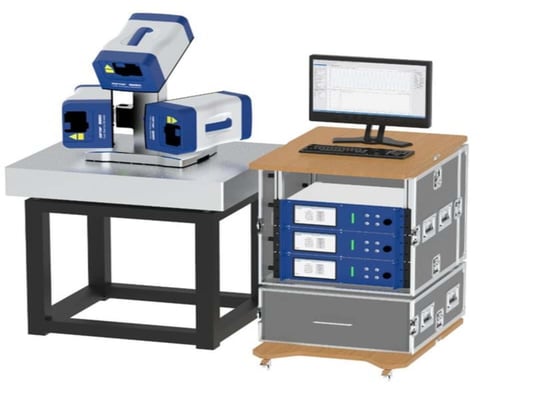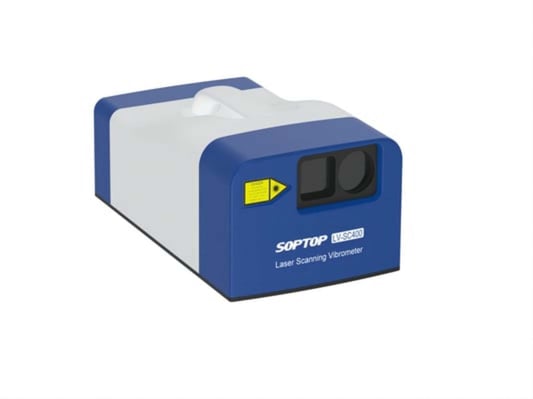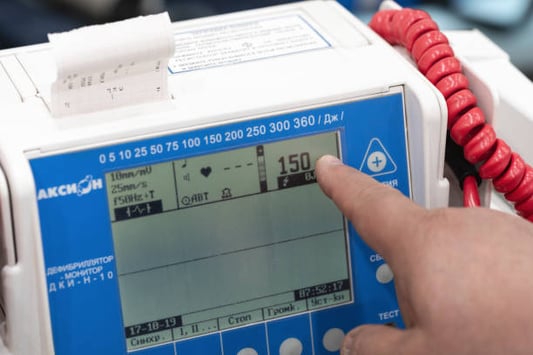Enhancing Data Collection Efficiencydata acquisition and analysis software play a crucial role in helping businesses collect and process large amounts of data efficiently. By automating the data collection process, these software solutions can save time and resources for businesses, allowing them to focus on more strategic tasks.Improving Data AccuracyOne of the key benefits of using data acquisition and analysis software is the improved accuracy of the data collected. These software solutions can eliminate human error and ensure that data is collected and analyzed consistently, leading to more reliable insights and decision-making.Managing Data from Multiple SourcesIn today's data-driven world, businesses are often dealing with data from various sources such as social media, IoT devices, and online transactions. Data acquisition and analysis software can help businesses consolidate and analyze data from these disparate sources, providing a comprehensive view of their operations.Real-Time Data AnalysisData acquisition and analysis software allow businesses to analyze data in real-time, enabling them to make immediate decisions based on the most up-to-date information. This real-time analysis can help businesses identify trends and patterns quickly, allowing them to respond swiftly to changes in the market.Customizable Data VisualizationData acquisition and analysis software often come with customizable data visualization tools that allow businesses to present their data in a format that is easy to understand and interpret. These visualizations can help businesses identify insights and trends that may not be apparent from raw data alone.Predictive Analytics CapabilitiesMany data acquisition and analysis software solutions also offer predictive analytics capabilities, allowing businesses to forecast future trends and make informed decisions based on data-driven insights. By leveraging predictive analytics, businesses can stay ahead of the competition and anticipate market changes.Scalability for Growing BusinessesData acquisition and analysis software are highly scalable, making them suitable for businesses of all sizes. Whether a business is a small startup or a large enterprise, these software solutions can grow with the business and adapt to changing data needs over time.Security and Compliance FeaturesData security is a top concern for businesses that deal with sensitive information. Data acquisition and analysis software often come with built-in security features to protect data from unauthorized access and ensure compliance with data privacy regulations such as GDPR and HIPAA.Integration with Other Business SystemsData acquisition and analysis software can integrate with other business systems such as CRM software, ERP systems, and marketing automation platforms. This seamless integration allows businesses to streamline their data processes and leverage data from multiple sources for a holistic view of their operations.Cost-Effective Data Management SolutionOverall, data acquisition and analysis software provide a cost-effective solution for businesses looking to optimize their data management processes. By automating data collection, improving data accuracy, and enabling real-time analysis, these software solutions can help businesses make better decisions and drive growth in today's competitive business environment.Quote InquiryContact us


